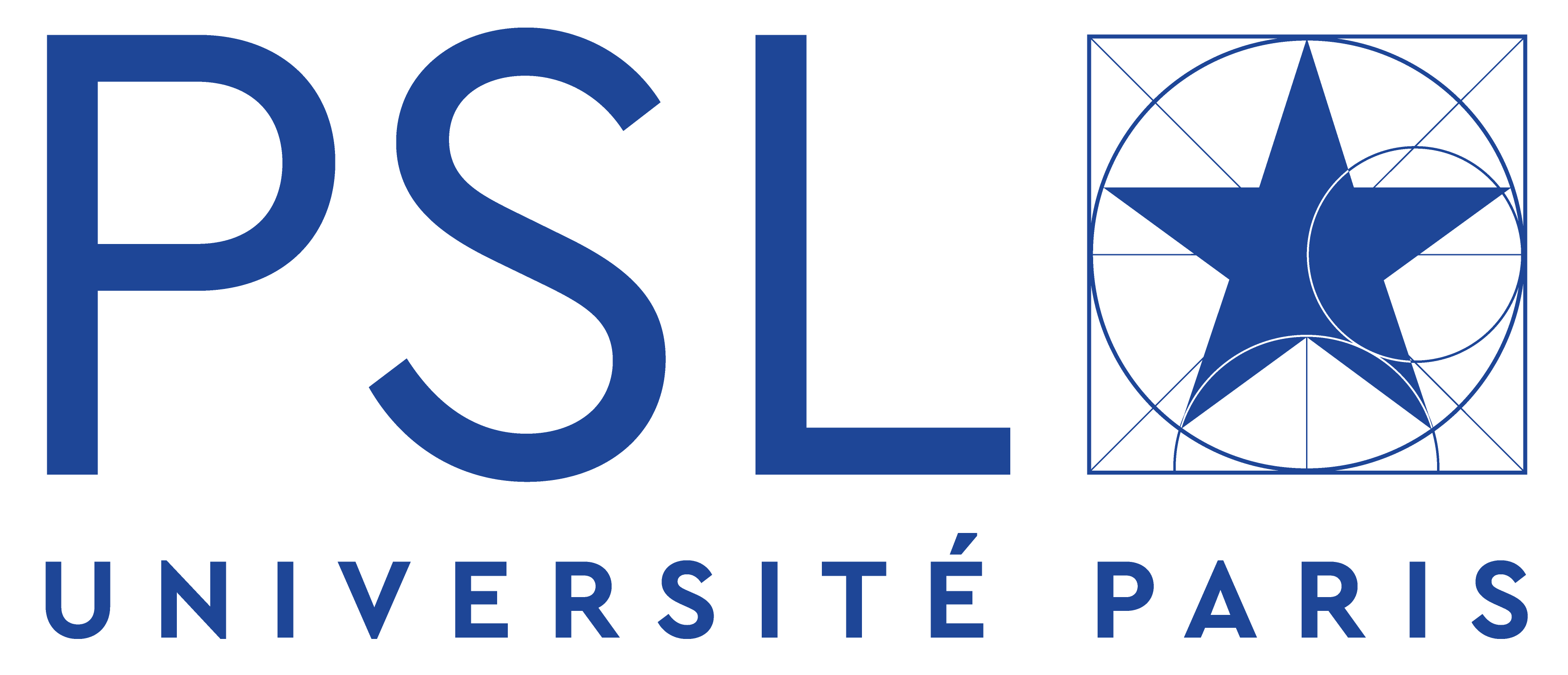Wide-field cellular-resolution retinal imaging using deformable mirror-based sensorless adaptive optics time-domain full-field OCT
Cai, Y., O. Martinache, M. Bertrand, C. Callet, O. Thouvenin, K. Grieve, and P. Mecê
Biomedical Optics Express 16, no. 12, 5179-5196 (2025)

Résumé: Adaptive optics (AO) enables cellular-resolution retinal imaging by correcting ocular aberrations, but its widespread clinical adoption remains limited by the narrow field of view (FOV) imposed by the isoplanatic patch of the eye. In this study, we present a deformable mirror (DM)–based sensorless AO time-domain full-field OCT (FFOCT) system that overcomes these limitations by leveraging the inherent robustness of FFOCT to ocular aberrations under spatially incoherent illumination. Using both phantom eye simulations and in vivo experiments, we demonstrate that correction of only three to five Zernike modes (defocus, astigmatism, and coma) is sufficient to significantly enhance SNR and resolve fine retinal structures. This includes reliable visualization of cone photoreceptors as close as 0.3<sup>◦</sup> from the foveal center and depth-resolved imaging of inner retinal features such as nerve fiber bundles, vessel walls, capillaries, internal limiting membrane, macrophage-like cells, and Gunn’s dots, across a 5<sup>◦</sup> × 5<sup>◦</sup> FOV at 500 Hz. By simplifying AO implementation while achieving wide-field cellular resolution, this approach addresses key limitations of current AO ophthalmoscopes and offers a promising pathway toward a wider clinical deployment of high-resolution retinal imaging.
|


|
Guide to dynamic OCT data analysis
Heldt, N., T. Monfort, R. Morishita, R. Schönherr, O. Thouvenin, I. A. El-Sadek, P. König, G. Hüttmann, K. Grieve, and Y. Yasuno
Biomedical Optics Express 16, no. 11, 4851-4870 (2025)

Résumé: Dynamic optical coherence tomography (DOCT) enhances conventional OCT by providing specific information related to flow dynamics, cell motility, and organelle metabolic activity. These biological phenomena can be detected with varying sensitivity depending on the OCT architecture parameters, including wavelength, numerical aperture, and implementation method (time domain or Fourier domain). Despite its potential, the field lacks standardization as various research groups have independently developed algorithms for specific applications. In this paper, we compare four widely used DOCT algorithms, each employing a distinct analytical approach: power spectral density moment analysis, frequency band visualization, logarithmic intensity variation evaluation, and motility-based analysis. These algorithms were originally optimized for different OCT technologies (full-field OCT, microscopic OCT, swept-source OCT, and spectral domain OCT), which vary in temporal and spatial resolution as well as susceptibility to motion artifacts. To conduct a fair evaluation, we perform comprehensive cross-wise comparisons using datasets acquired from each of these setups. Our findings reveal that each method exhibits unique advantages in specific imaging environments, thereby providing valuable guidance for algorithm selection based on particular application requirements.
|


|
Rapid spectral shaping for time domain and swept source full field OCT
Roueff, D., P. Mecê, and O. Thouvenin
Biomedical Optics Express 16, no. 11, 4871-4884 (2025)
Résumé: Full-field optical coherence tomography (FFOCT) has recently regained attention thanks to the development of high-resolution dynamic OCT and cross-talk-free swept source FFOCT. However, the choice of wavelength and axial resolution is often a limiting factor with few existing commercial solutions. Here, we developed a novel method to provide rapid spectral shaping for FFOCT imaging. Combining a supercontinuum laser, a fast controllable acousto-optic tunable filter (AOTF), and a multimode fiber with passive and active mode mixing, we obtained an extremely flexible light source compatible with FFOCT. By tuning the AOTF frequency and integrating the resulting wavelength over one camera exposure time, it becomes possible to build any spectrum of interest in the 575-1000 nm range in time domain FFOCT. Alternatively, the designed source module enables achieving swept source FFOCT at up to 100 kfps at an unprecedented axial resolution of 1.1 µm.
|


|
Bottom-up iterative anomalous diffusion detector (BI-ADD)
Park, J., N. Sokolovska, C. Cabriel, I. Izeddin, and J. Miné-Hattab
Journal of Physics: Photonics 7, no. 4, 045027 (2025)

Résumé: In recent years, the segmentation of short molecular trajectories with varying diffusive properties has drawn particular attention of researchers, since it allows studying the dynamics of a particle. In the past decade, machine learning methods have shown highly promising results, also in changepoint detection and segmentation tasks. Here, we introduce a novel iterative method to identify the changepoints in a molecular trajectory, i.e. frames, where the diffusive behavior of a particle changes. A trajectory in our case follows a fractional Brownian motion and we estimate the diffusive properties of the trajectories. The proposed Bottom-up iterative anomalous diffusion detector (BI-ADD) combines unsupervised and supervised learning methods to detect the changepoints. Our approach can be used for the analysis of molecular trajectories at the individual level and also be extended to multiple particle tracking, which is an important challenge in fundamental biology. We validated BI-ADD in various scenarios within the framework of the 2nd anomalous diffusion challenge 2024 dedicated to single particle tracking. Our method is implemented in Python and is publicly available for research purposes.
|


|










